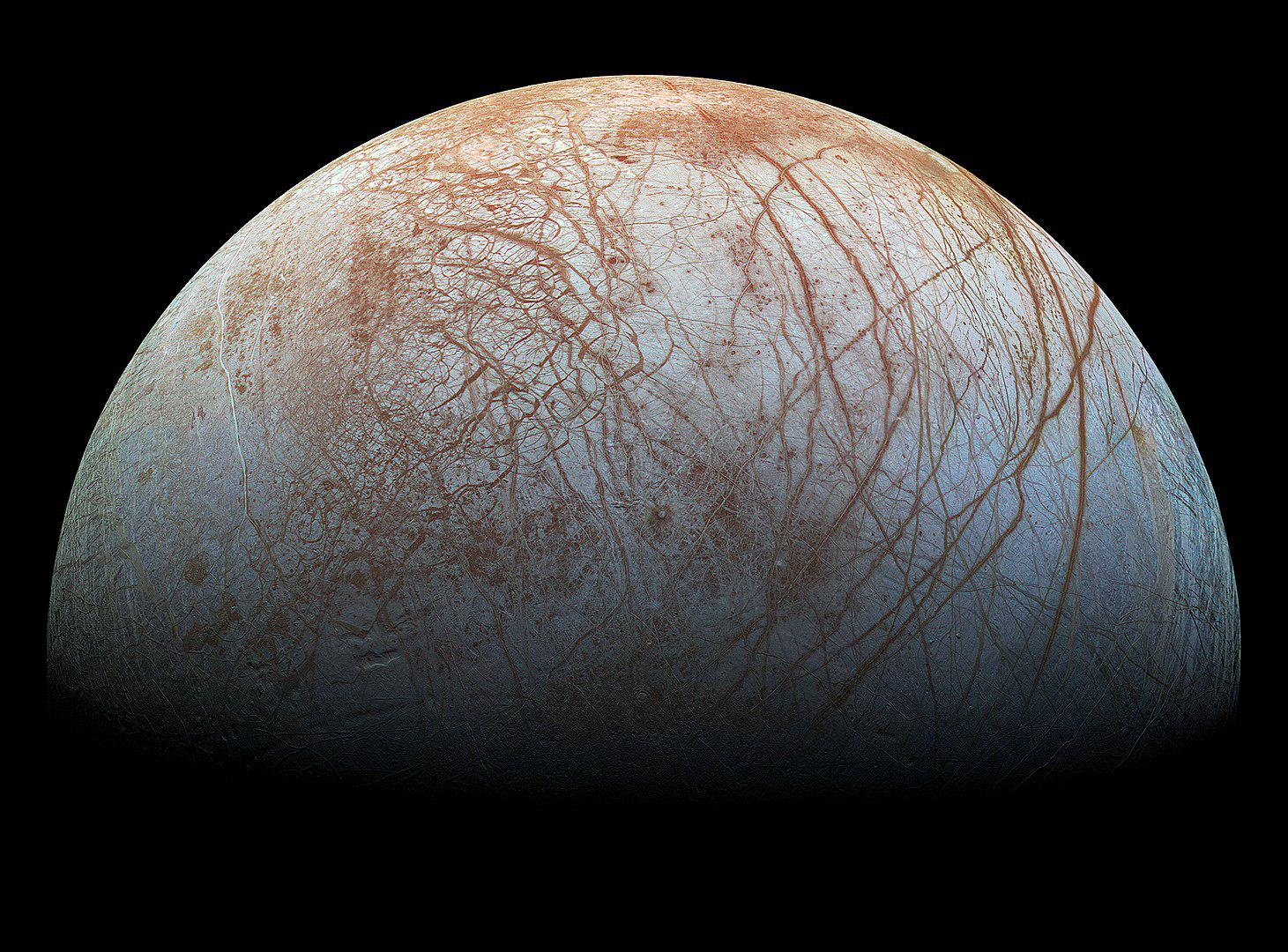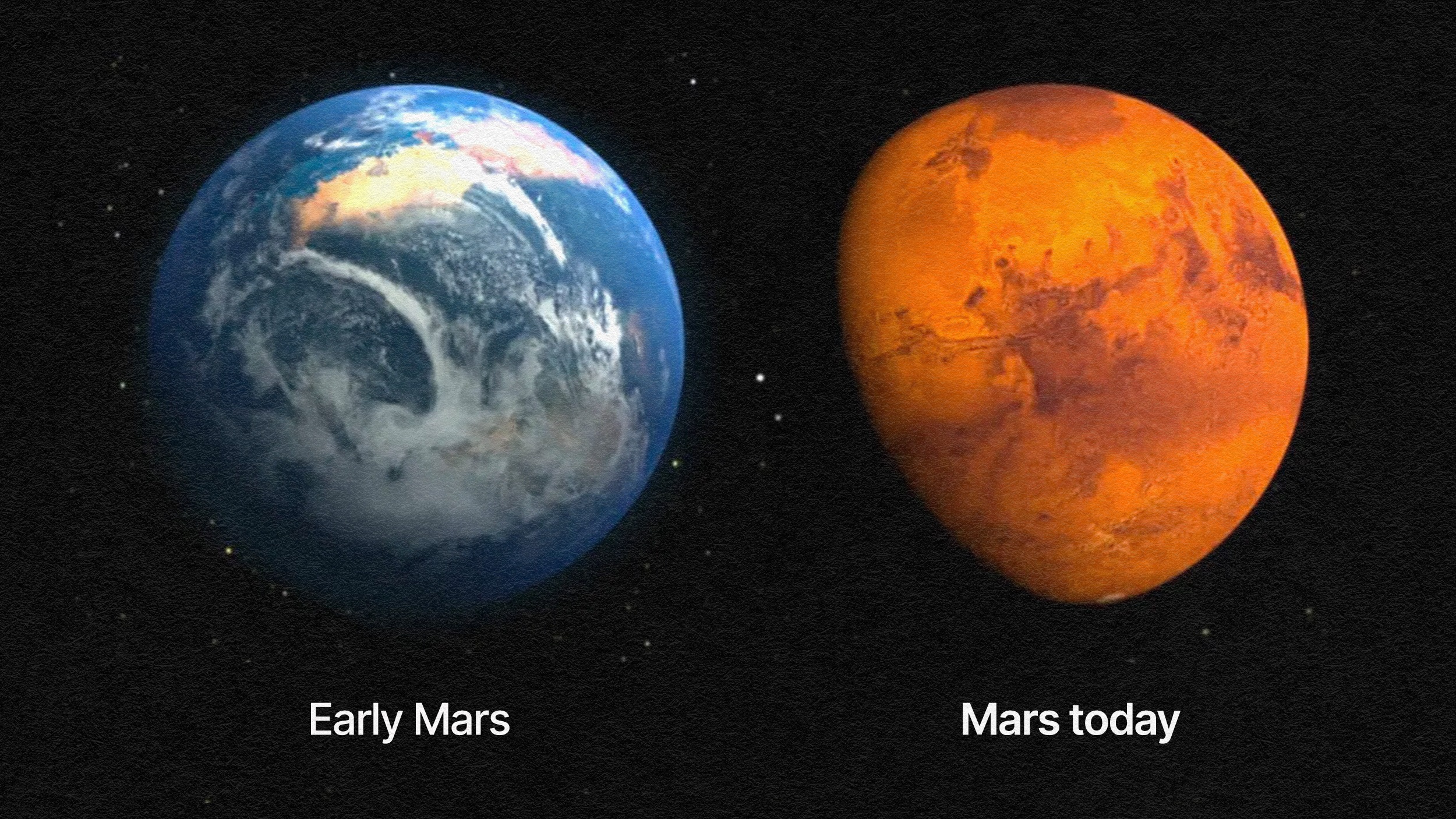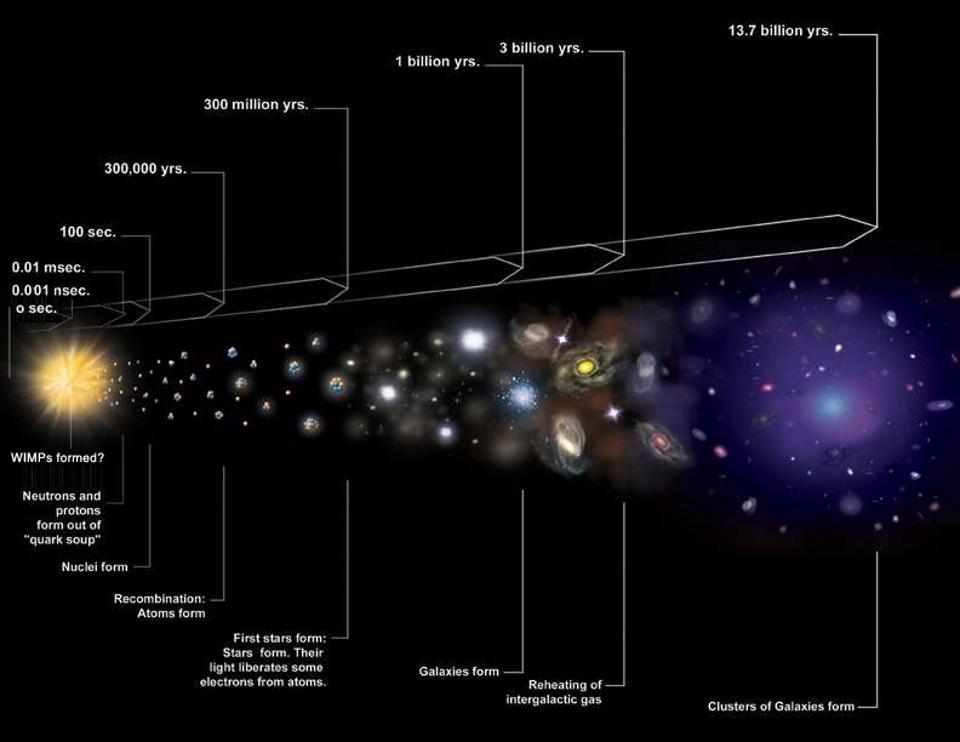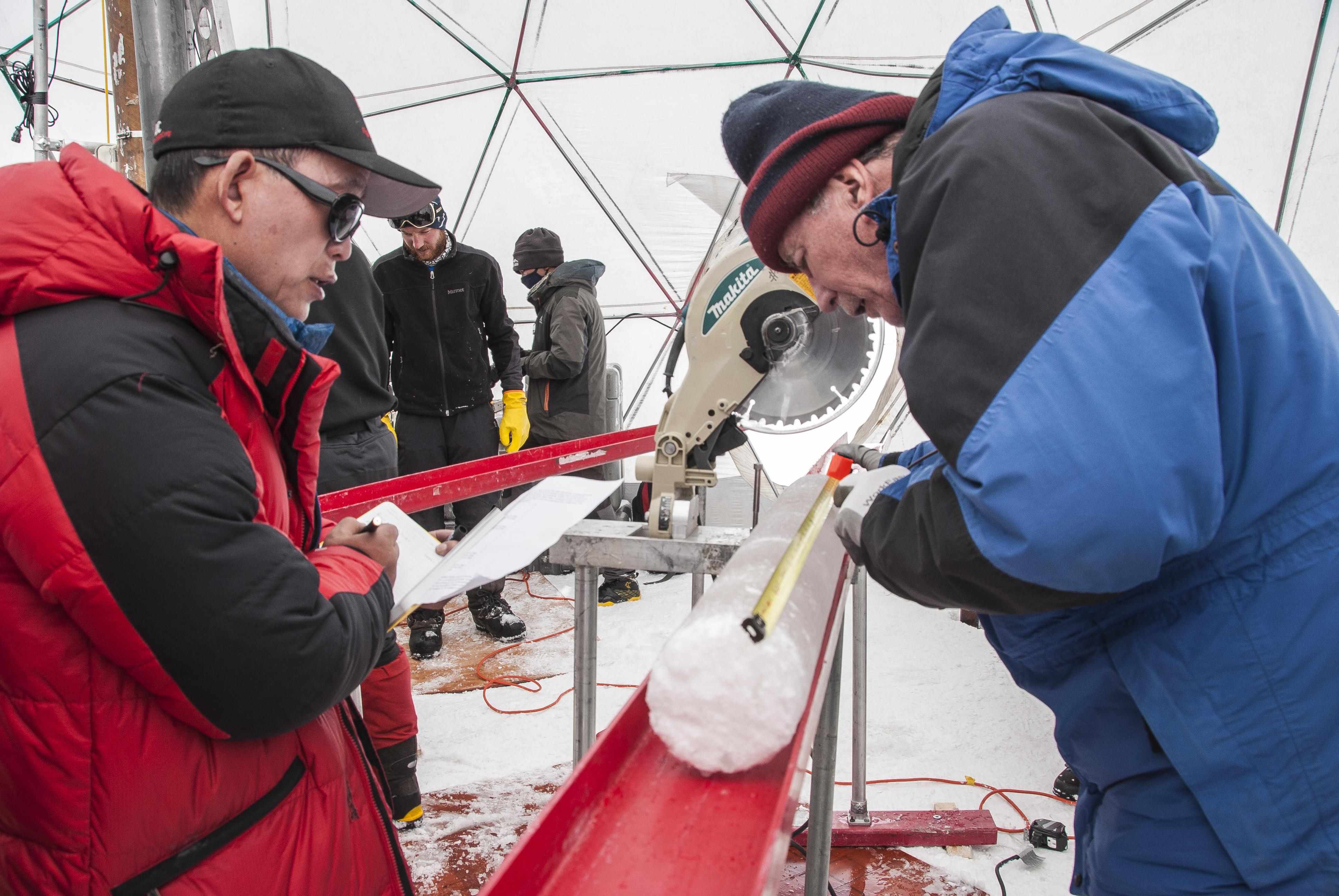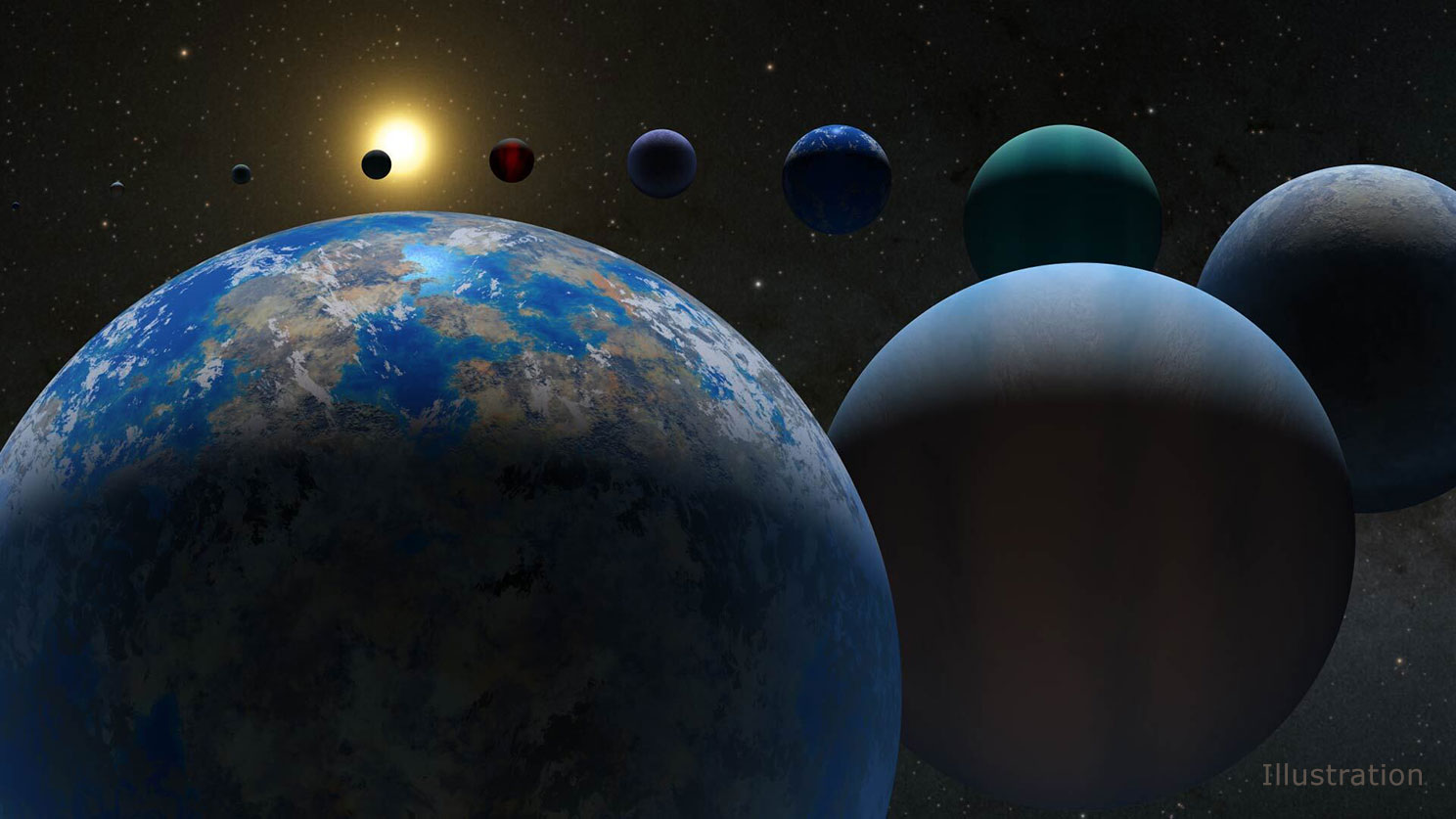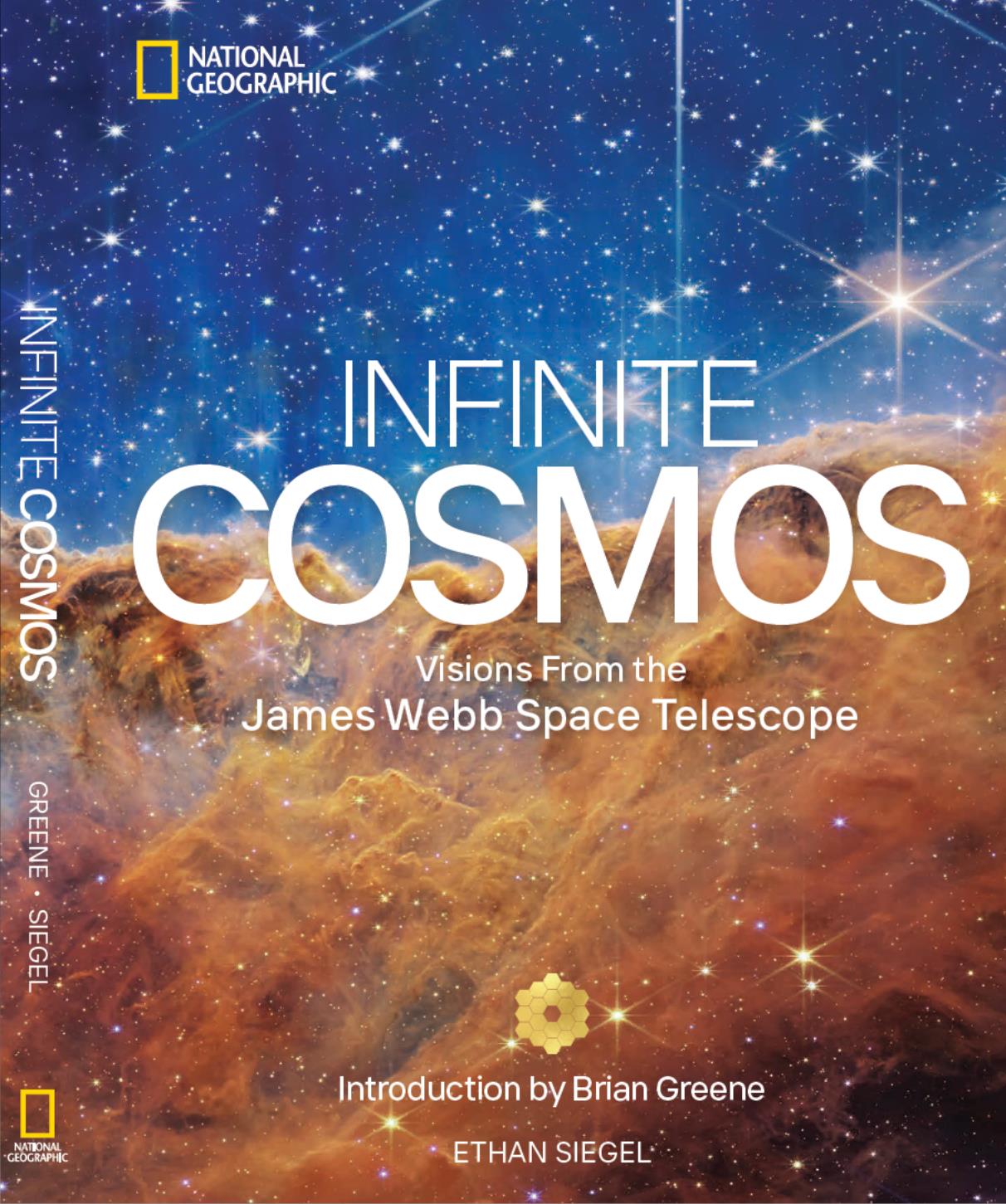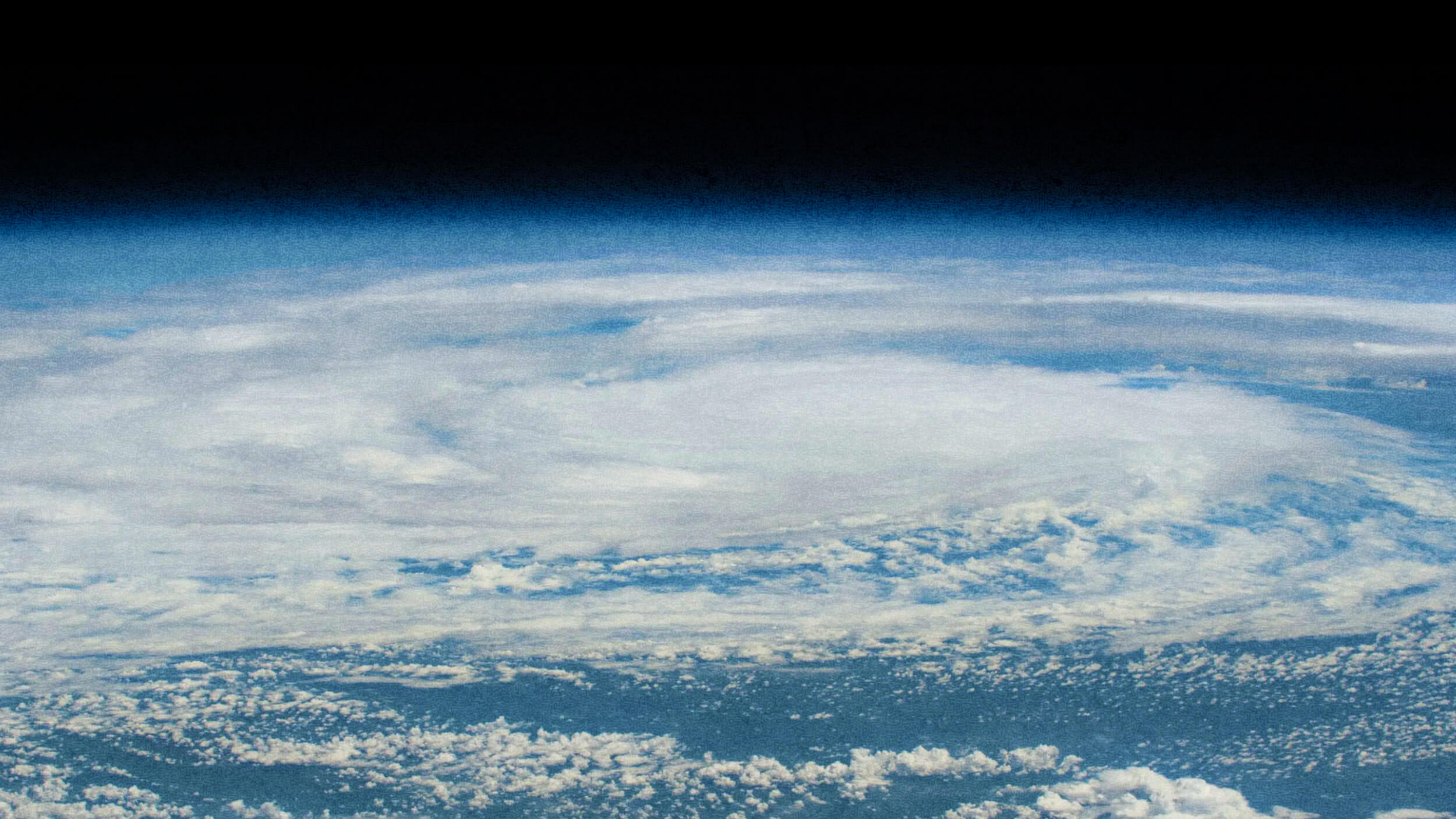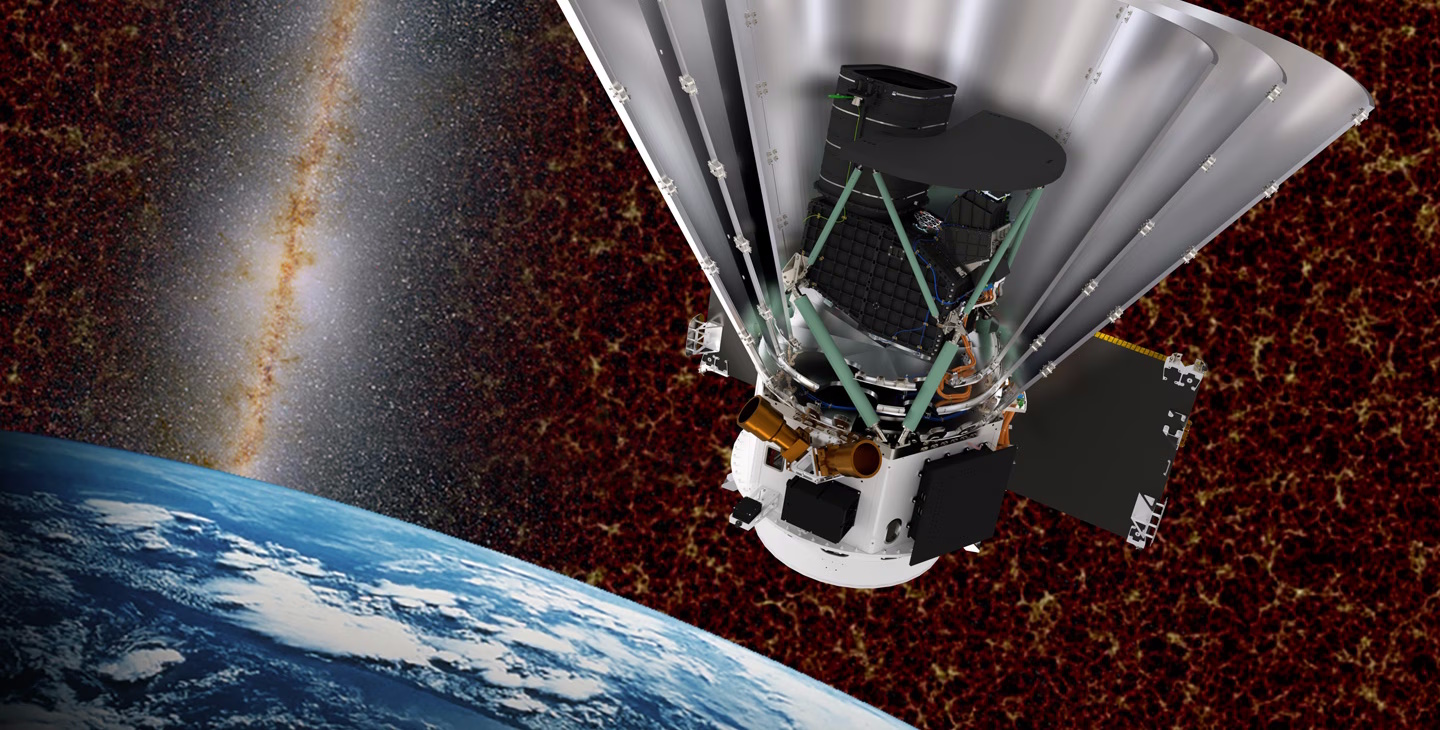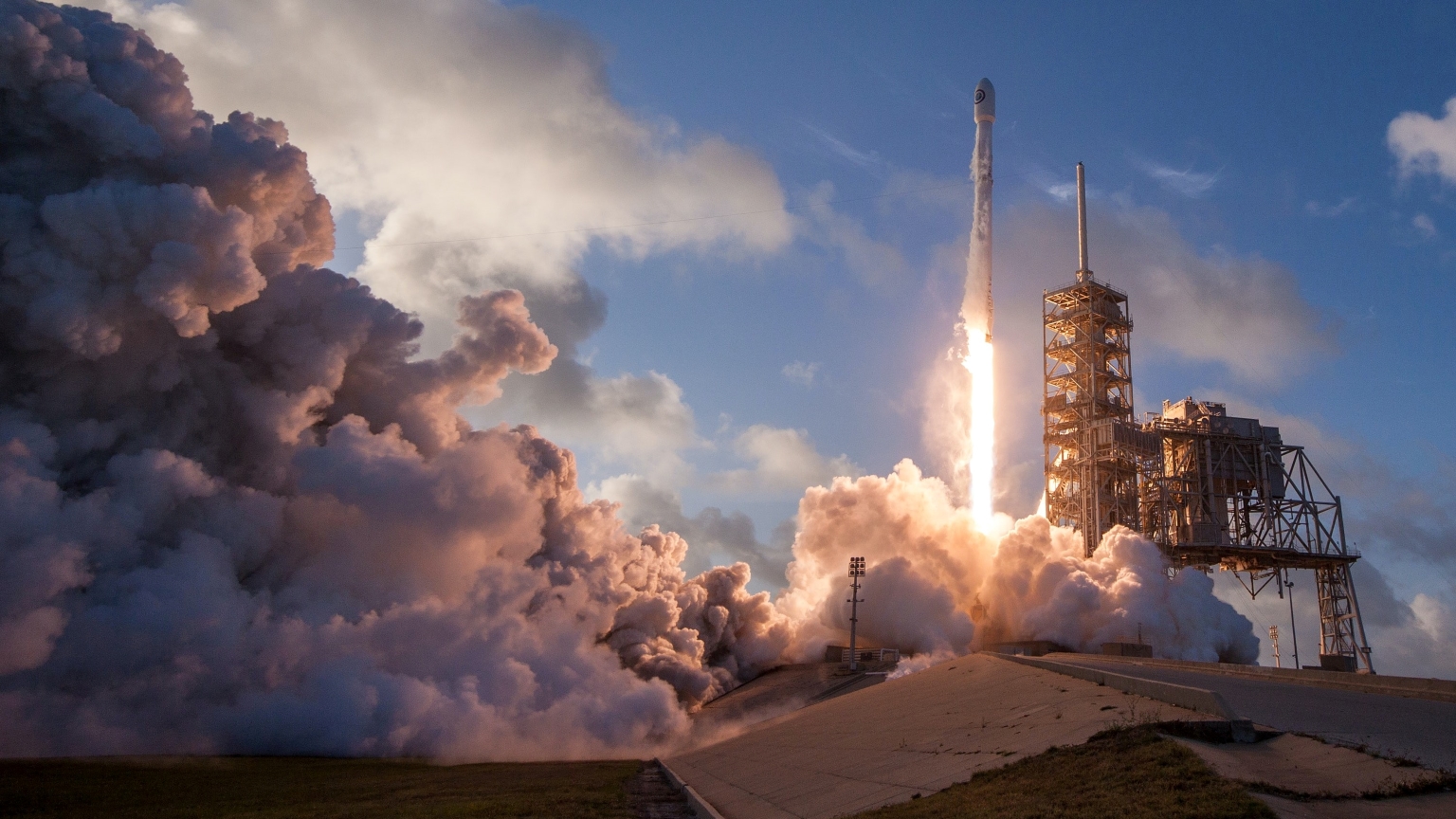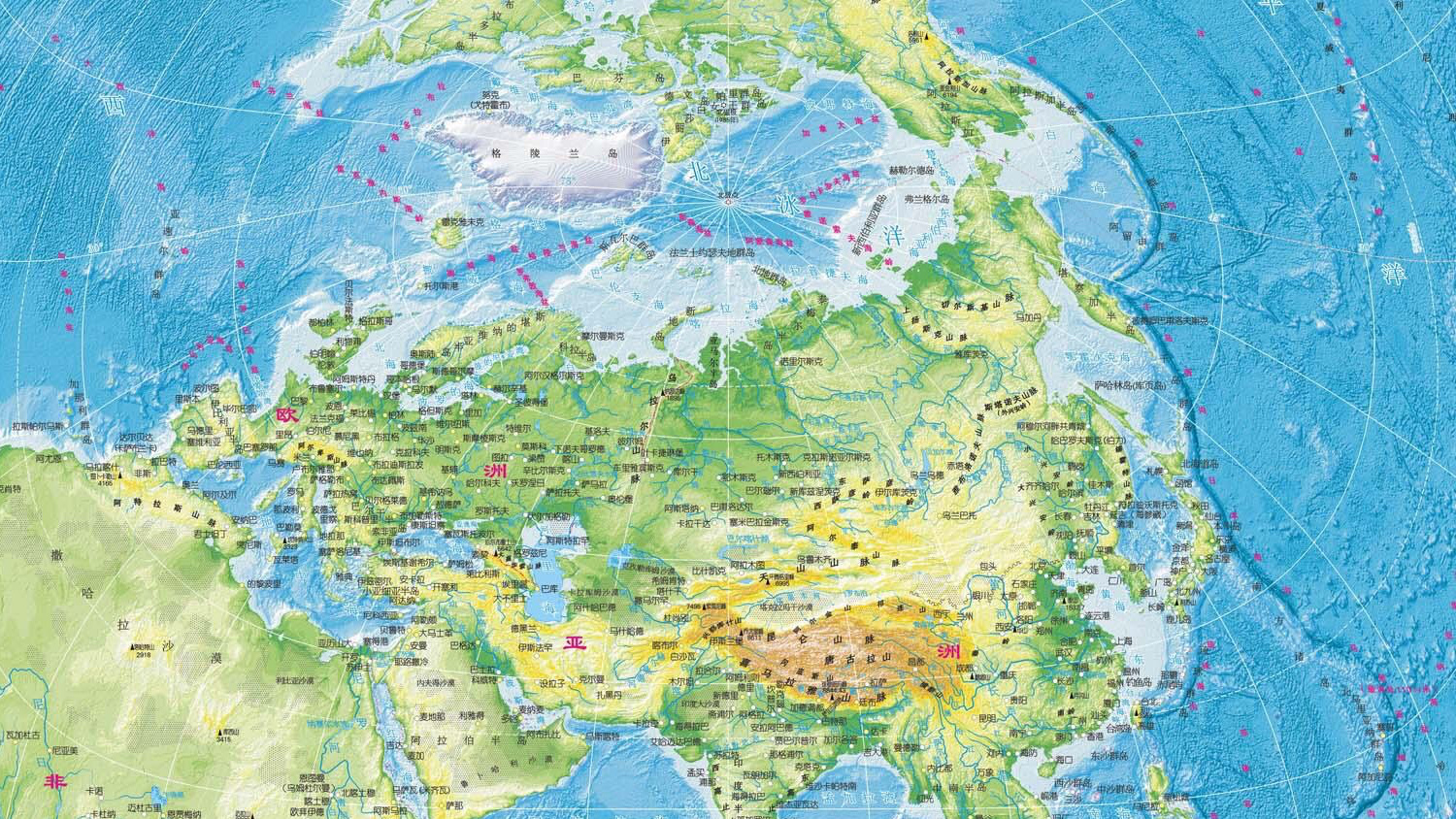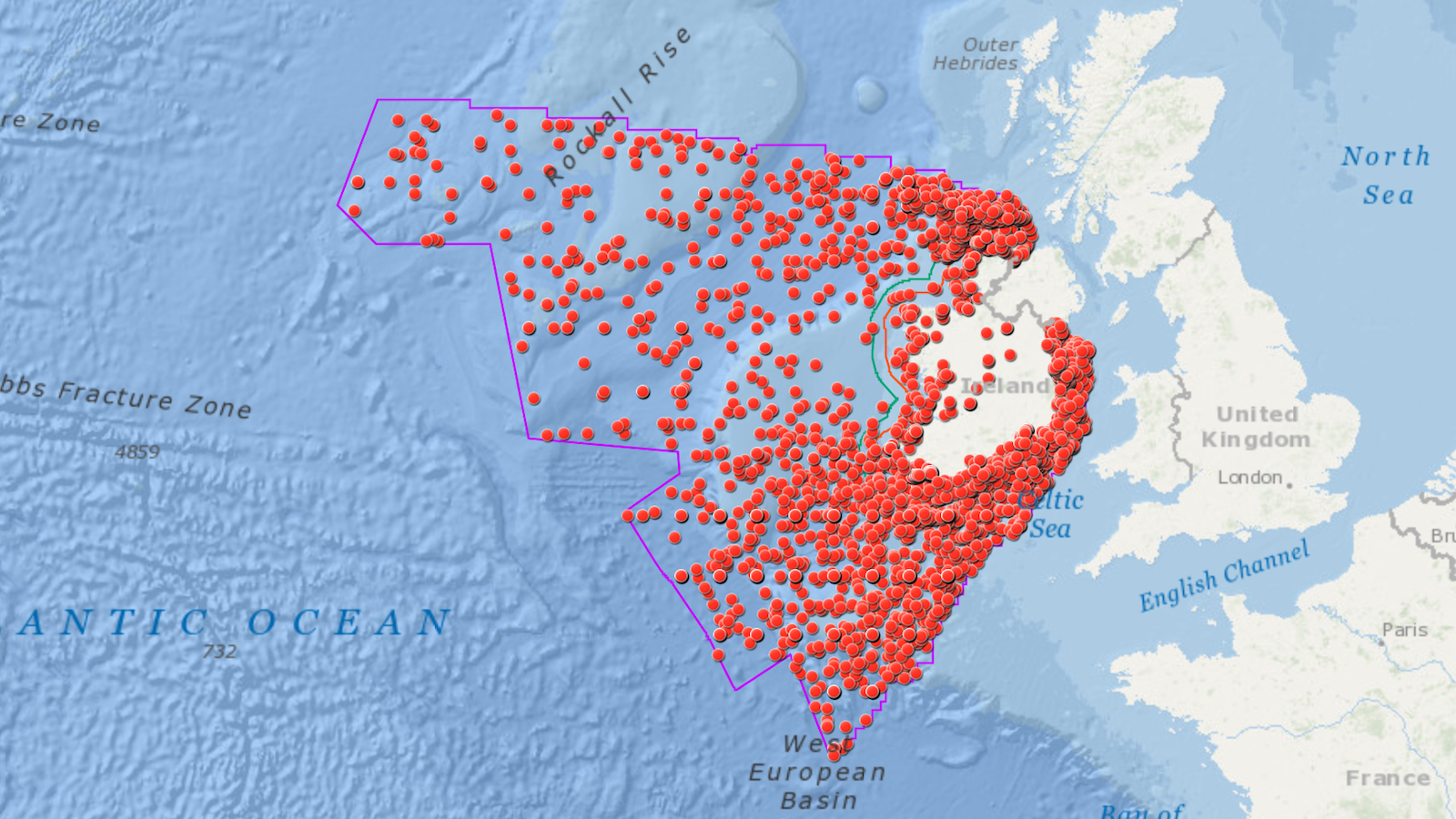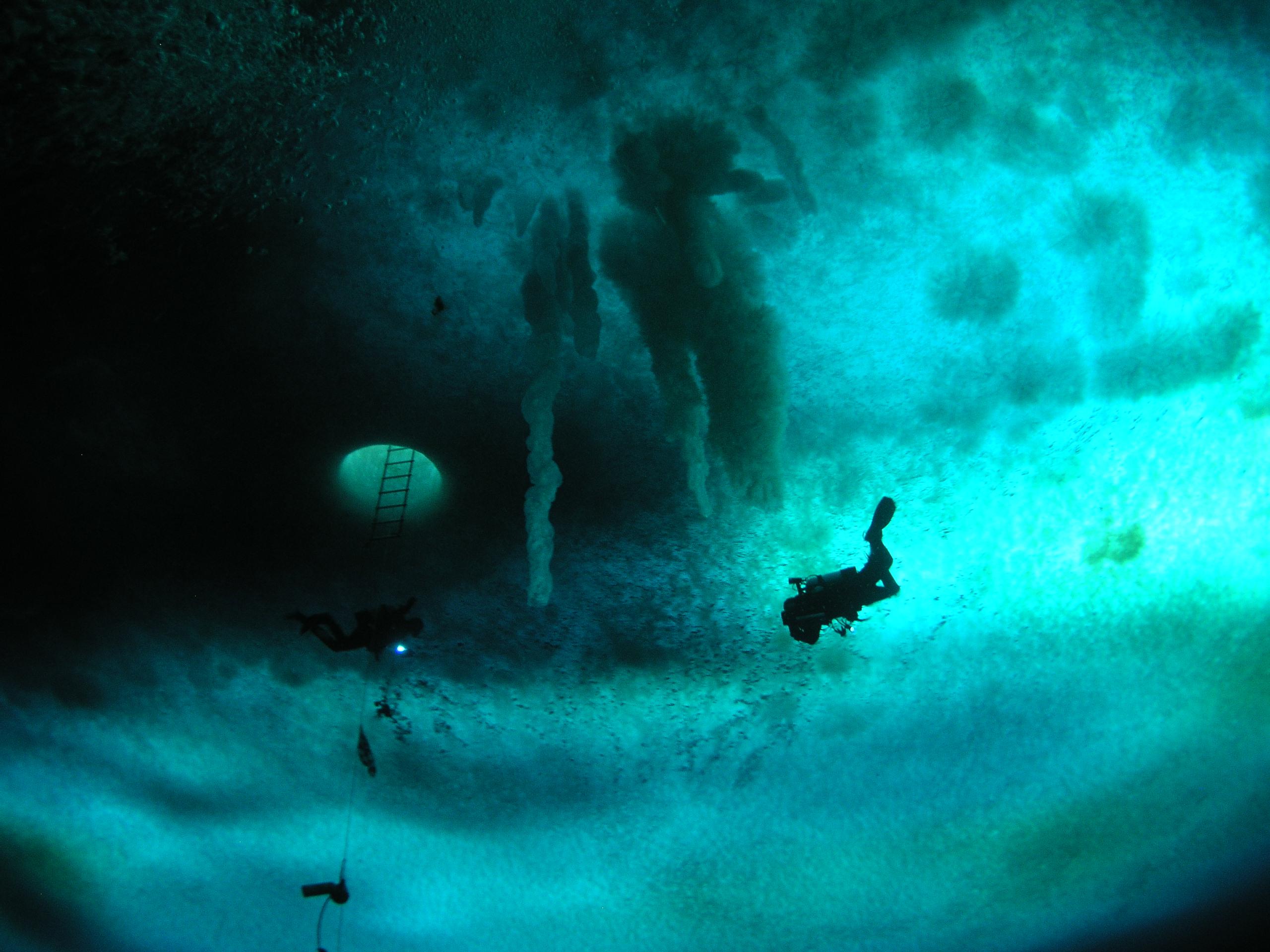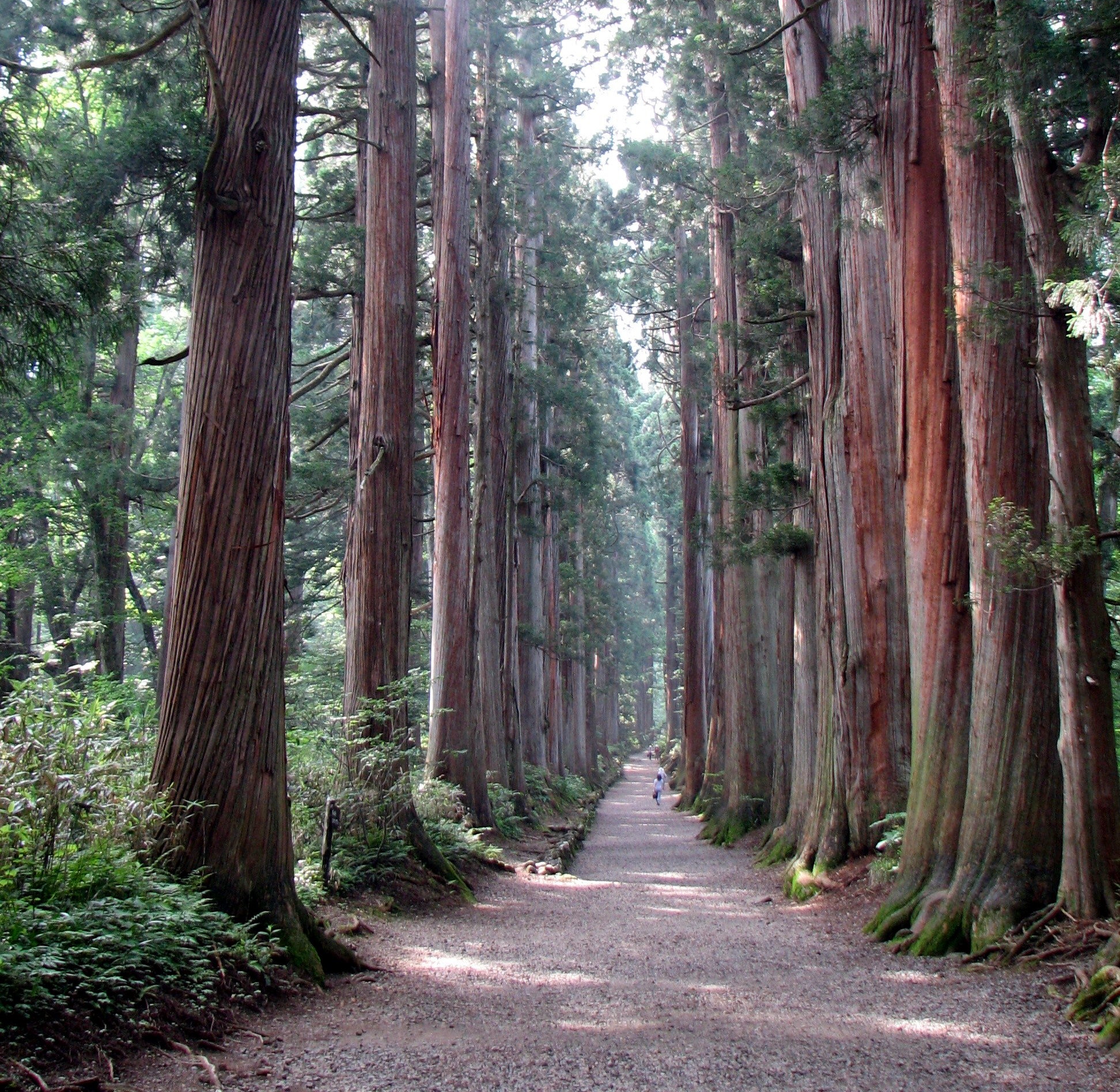Being a jerk gets you rich, promoted, and laid (if you’re a man). But there is a downside.
Search Results
You searched for: ice
At least one of Earth’s creatures is able to survive the vacuum of space.
The big-picture physics is simple – let gravity do its job.
Water is vital for life. Luckily for spacefaring humans, the solar system is full of it.
Mars and Earth were sister planets in many ways, with early similar conditions. Why did Mars die? The leading explanation isn’t universal.
Dante’s epic journey through hell and heaven reveal how the poet felt about his own country.
It’s difficult to project a sphere onto a flat, two-dimensional surface. All maps of the Earth have flaws; the same is true for the cosmos.
Get ready for the most peculiar road trip that will help you understand the vastness and emptiness of the solar system — and Sweden.
Yes, the Universe is expanding, but if you’ve ever wondered, “How fast is it expanding,” the answer isn’t in terms of a speed at all.
Scientists discover surviving viruses in 15,000-year-old glacier ice on the Tibetan Plateau in China.
From inside our Solar System, zodiacal light prevents us from seeing true darkness. From billions of miles away, New Horizons finally can.
The structure of our Solar System has been known for centuries. When we finally started finding exoplanets, they surprised everyone.
Ancient humans crossed the Bering Strait land bridge from Asia into North America. But some of them went back.
One of the 20th century’s most famous, influential, and successful physicists is lauded the world over. But Feynman is no hero to me.
Migrating our planet to a safer orbit might be the only way to preserve Earth after all the ice melts.
Artificial intelligence is much more than image generation and smart-sounding chatbots; it’s also a Nobel-worthy endeavor rooted in physics!
Newborn stars are surrounded only by a featureless disk. Debris disks persist for hundreds of millions of years. So when do planets form?
National Geographic’s first James Webb Space Telescope book shows us the cosmos like never before.
A scientist’s first-hand account shows the world can tackle a global environmental crisis.
All stars shine due to an internal source of energy. Usually, it’s nuclear fusion: converting mass into energy. What makes them most bright?
In his new book, the popular science writer tells the story of how scientists discovered the “gaseous ocean” we all swim in — and the trillions of invisible life forms we share it with.
By weaponizing the global economy, the U.S. initiated a new era of economic warfare and transformed how major powers compete.
The CMB gives us critical information about our cosmic past. But it doesn’t give us everything, and galaxy mapping can fill in a key gap.
Nearly 200 orbital launches are scheduled for 2022.
Here on Earth, we commonly use terms like weight (in pounds) and mass (in kilograms) as though they’re interchangeable. They’re not.
A vertical map might better represent a world dominated by China and determined by shipping routes across the iceless Arctic.
We have a morbid curiosity about nautical disaster stories. The Irish “Wreck Viewer” offers a window into centuries of marine misfortune.
Strange underwater icicles form in the Earth’s coldest regions and freeze living organisms in place.
1859’s Carrington event gave us a preview of how catastrophic the Sun could be for humanity. But it could get even worse than we imagined.



